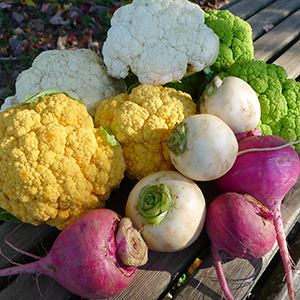
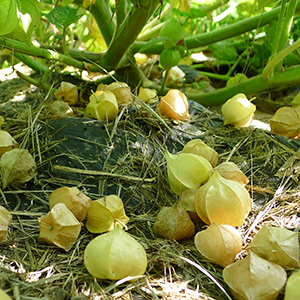
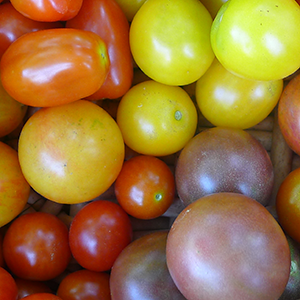

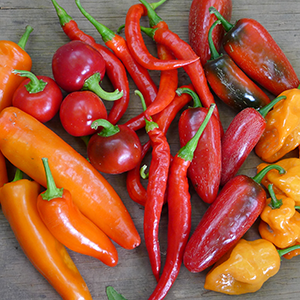
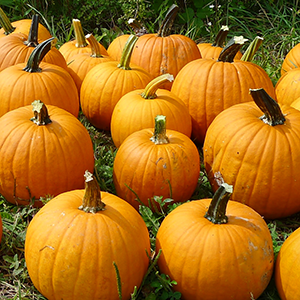
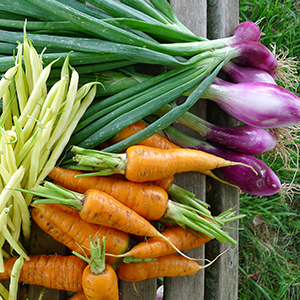



Celeriac
Also known as celery root, knob celery and turnip-rooted celery, celeriac developed from the same wild species as did stalk celery. It had medicinal and religious uses in many early civilizations, including those of Egypt, Greece and Italy. In Europe, celeriac is a historic favorite. The vegetable's most classic employment is in the cold French salad celerie remoulade, in which the root is peeled, grated, "cooked" in lemon juice (or blanched briefly in acidulated water) to lose a bit of its rawness, then dressed with a mustardy mayonnaise
Celeriac is loaded with Vitamin C, potassium, and phosphorous.The flesh is crispy when raw, silky smooth when cooked.
Storing / Preserving:
Refrigerate in an unsealed plastic bag. Celeriac will keep for 3 or more weeks.
Preparation / Use Suggestions:
To handle celeriac, cut off the skin quite thickly to remove any brown bits and the root channels in the base. A pairing knife works better than a peeler for this vegetable. Drop cut pieces in water with a squeeze of lemon juice to prevent discoloration. Grate or cut into thin sticks for serving raw(blanch briefly in water for a slightly softer, smoother texture. Boil cubes until tender(15-20 minutes), before mashing with potatoes and garlic, or combine with other root vegetables such as rutabaga and/or sweet potatoes and mash. Celeriac also works well in stews, and roasted celeriace either by itself or in combination with other root vegetables is an excellent side dish.

